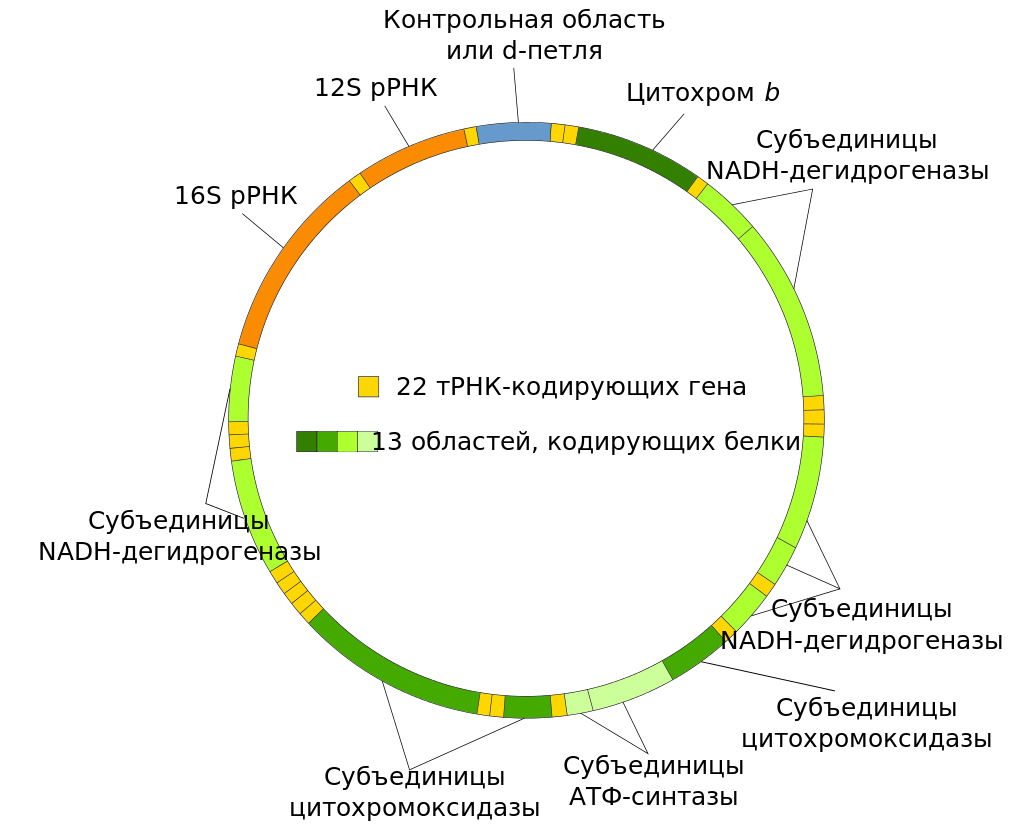The new method allows you to study the ancient people on the analysis of the soil from the caves

The history of human origin is one of the most important problems of our time. Who are we? Where did they come from and how did our species appear? The questions are important, but there is no exact answer to them yet, since the story of a person has begun too long. Moreover, it is sometimes difficult for scientists to analyze and classify verified material collected over many years, not to mention various kinds of hoaxes and fakes.
The habitat of the ancient hominids is difficult to determine, because the remains are not preserved much, and those that exist need to be found. But now experts have a hope of simplifying the work. A method for detecting human DNA in soil samples from caves or any other places has been developed. The analysis will show not only the presence of ancient people, but also the approximate species of our ancestors or other mammals.
Denisova Cave is one of the habitats of our distant ancestors, where they lived for thousands of years. The area of the cave is 270 square meters, the length is 110 meters. Of greatest interest to archaeologists is the pregate grotto. During the excavations of this cave, scientists have identified more than 20 (!) Cultural layers of various eras. More than 80 thousand exhibits have been found here, including tools, decoration, weapons, animal and plant remains.
')
In one of the layers (№11) in 2008, scientists found the phalanx of the little finger of a 9-year-old girl who lived about 50 thousand years ago. From the phalanx it was possible to extract a DNA sample, after analyzing which it turned out that the girl belonged to a special branch of the genus Homo, which differed from both Neanderthals and modern humans. These people were called "Denis", that is, they belong to the branch of "Denis people".
But, as already mentioned, there are several dozen cultural layers in the cave. Who else lived here, except Denisovtsev? It turned out that Neanderthals lived in the cave. This scientists have identified using a new method for the isolation and detection of DNA samples. Technology developers claim that it allows you to determine the presence or absence of human ancestors in a particular region, as well as to determine what kind of evolutionary species of Homo we are talking about. The Denisov Cave is well studied, which means that the reliability and accuracy of the method can be checked using the available data.
“This will change the rules of the game in research regarding the origin of hominids,” said Christian Hoggard, an archaeologist from Aarhus University . Colleagues from other universities agree with him who call the development of a new method for detecting hominid DNA the beginning of a “new era in Paleolithic archeology”.

Diagram of the human mitochondrial genome. Source: Wikipedia
In fact, scientists rarely find the remains of ancient people. If this happens, the scientific world discusses the discovery for many months, or even years, decades. Without the remains, it is impossible to understand exactly who lived in a certain region (if lived), what evolutionary features were inherent in human ancestors, what are the food preferences of these Homo.
The method was developed by scientists from the Max Planck Society for Evolutionary Anthropology Institute together with colleagues from other research organizations. The method itself consists in isolating genetic material from soil samples in caves and the area adjacent to them. First of all, scientists worked with mitochondrial genetic material that is different from the DNA of the main cell. Genes encoded in mitochondrial DNA belong to the group of plasmagens located outside the nucleus (outside the chromosome). "Mitochondrial DNA develops faster, its copies in the cell are larger," says the developer of the technique.
In order to isolate mitochondrial DNA from the soil, you need a half teaspoon sample. The most difficult task is to isolate genetic material. It is easier to understand which species of the hominid evolutionary branch the selected sample belongs to, since scientists have a significant base of already deciphered genetic material from ancient people of various species. Therefore, the sample is deciphered - and then the matter of technology, that is, computer analysis and comparison.

Frame from the film "The Last Neanderthal" (2010)
Moreover, the method can be used not only in relation to the ancient hominids, but also to determine the species of other species of living organisms that lived in a particular area at a certain time. Using their methodology, the scientists discovered that there is DNA from Neanderthals, Denisovs, mammoths and woolly rhinos in the ground from the Denis Cave.
Experts compared the results with the chronological scale of habitat of different species in Siberia, compiled earlier and found a high degree of compliance. In other words, the developed method can be called quite reliable. Now other scientists can use this technique to work in unexplored or poorly studied regions. The proposed method can be used to analyze the species diversity of certain regions to a “depth” of 700 thousand years.
Now scientists are going to use the work of the Max Planck Society for the Evolutionary Anthropology Institute team to clarify the question of the life of ancient people in America more than 130 thousand years ago and earlier.
DOI: 10.1126 / science.aam9695
Source: https://habr.com/ru/post/403541/
All Articles